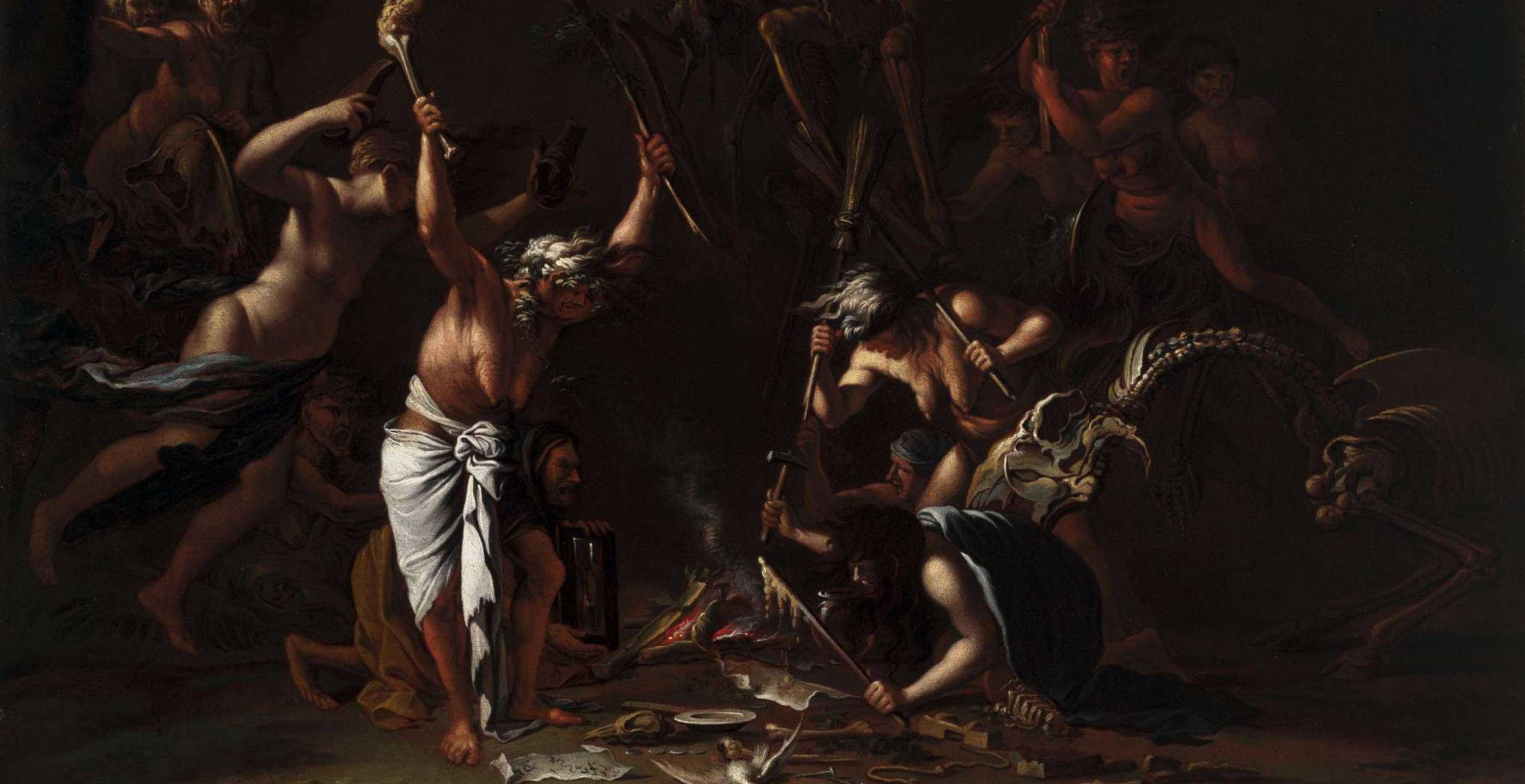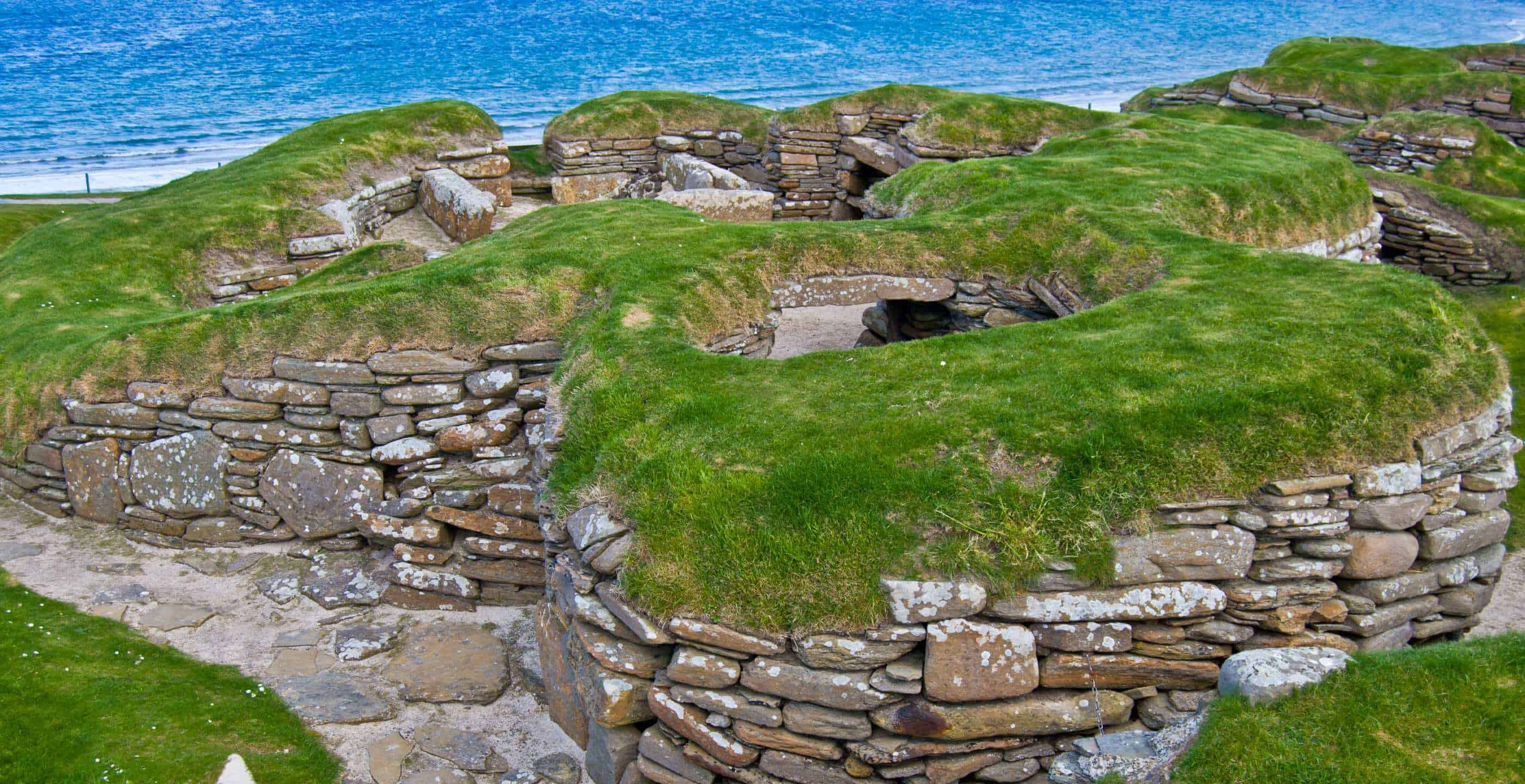The date of the New Year in England and Scotland has been disputed since 1067. The Julian calendar introduced by Julius Caesar in 45 BC continued the practice of the first day of the new year being January. Christians felt that January 1 had no religious significance and wanted a more appropriate date. As a result, because of the religious significance, the 25th of December was chosen. Not all were in agreement. In 1067 New Year’s Day reverted to 1 January, but in 1155 the date of the New Year was change to 25th March.
Then the Gregorian calendar, introduced by Pope Gregory X111 in 1582 adopted New Year’s Day as beginning on 1st January, which led Europe to conform. To consolidate differences between the Julian and Gregorian Calendar, The Calendar (New Style) Act 1750 applied the changes after the last day of December 1751 announcing the New Year was to start on 1 January 1752. Unfortunately, the Gregorian calendar had an inbuilt error of 1 day every 128 years arising from an 11 minute discrepancy of the solar year and based on the date of the spring equinox and the religious date of Easter, there was an 11 day accumulated difference.
The Calendar (New Style) Act 1750 ordered that the 11 days be removed from September 1752 and announced that centennial years could no longer be leap years unless divisible by 400. Incidentally, this 11 day loss also adjusted the tax year to 5th April then subsequently the 6th April in 1753.
It has been said that people rioted demanding their 11 days back. However Burghead, situated on the Morayshire coast of Scotland, not wanting to waste a perfectly good celebration, adopted both dates. Burghead decided to celebrate both new year dates on 1st and 11th January. This was celebrated throughout the town culminating on top of the local Pictish fort.
The fort was occupied from the late 300’s to the 800’s, and was known as Torridun. Torridum was captured in 884 by Sigurd the Mighty, the Norse Earl of Orkney and renamed Burghe a Danish name.

Burghe was a centre of Norse power until the Scots fought back and reclaimed it in 1010. The town name is derived from the Danish Burghe and is now known as Burghead.
The New Year celebrations were marked by fire, a tradition found all over the world. The chosen site for the annual fire festival was – and is – on the ramparts of the Pictish fort on Doorie Hill, situated on the Burghead promontory.
Fire festivals originate in the belief that the evil spirits or witches are banished from the vicinity.
In 1040 it was said that King Duncan was bewitched; the result was the death of so called ‘witches’ in a barrel of stakes, rolled down the Cluny Hill and burnt. The three witches were said to have been persecuted outside the nearby Forres Police Station where the Cluny Hill Witches Stone stands. The last known execution of a witch was in Sutherland in the north of Scotland in 1722 with the Witchcraft Act being repealed in 1736.

I digress; for 1,800 years the magnificent ‘Burning of the Clavie’ fire festival has been held annually on the 11th January. The blazing tar barreled Clavie, full of flaming staves is set alight at 6.00pm. The Clavie receives is piped around the borders of the original town of Burghead, carried only by members of the Clavie Crew led by the Clavie King. In the cold harsh Scottish winter, an enthusiastic cheering crowd follow the burning pyre. The smell of tar and smoke reeks throughout the town and the flames woosh and rush in the wind.
Along the route the Clavie stops to banish the ‘witches’ and burnt staves are handed to towns folk to bring good luck for the New Year. Finally, the Clavie is hammered into place, to burn on Doorie Hill. Flammable fuel is tossed on the Clavie sending flames high into the sky for an audience spectacular. Good luck wood from the burnt embers is collected as the fire exhausts and tumbles down the outer ramparts.

Only twice has the festival been cancelled, in 1945 for the German blackout during the war and in 2020 for the COVID pandemic. Fortunately, it is due to be revived again, maintaining the tradition, on January 11th 2022.
By Lindsey F. McPherson. Dr. Lindsey F. McPherson is an amateur writer, writing short articles about the Grampian and Moray area of Scotland for pleasure aiming to celebrate the history and heritage. posterityscotland@gmail.com – @posterityscotland.
Published: May 28th, 2021.






